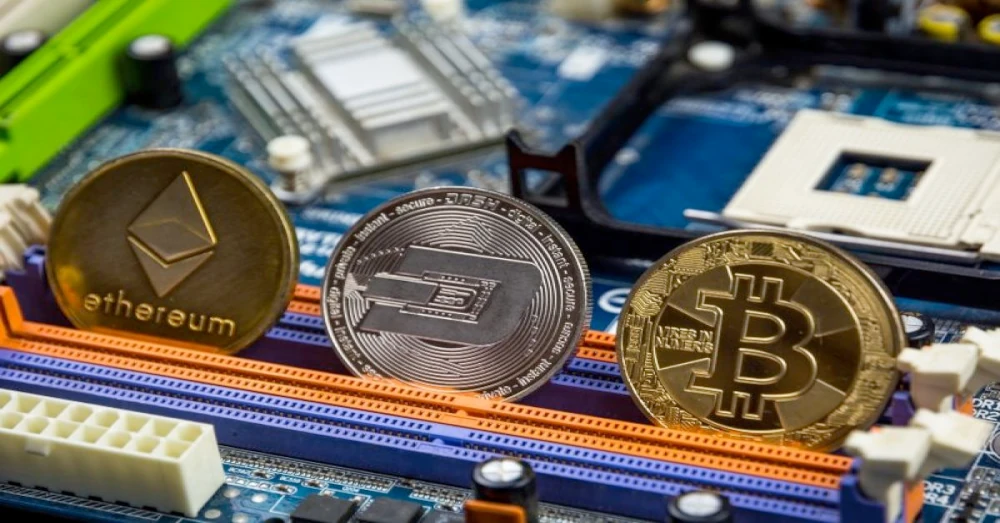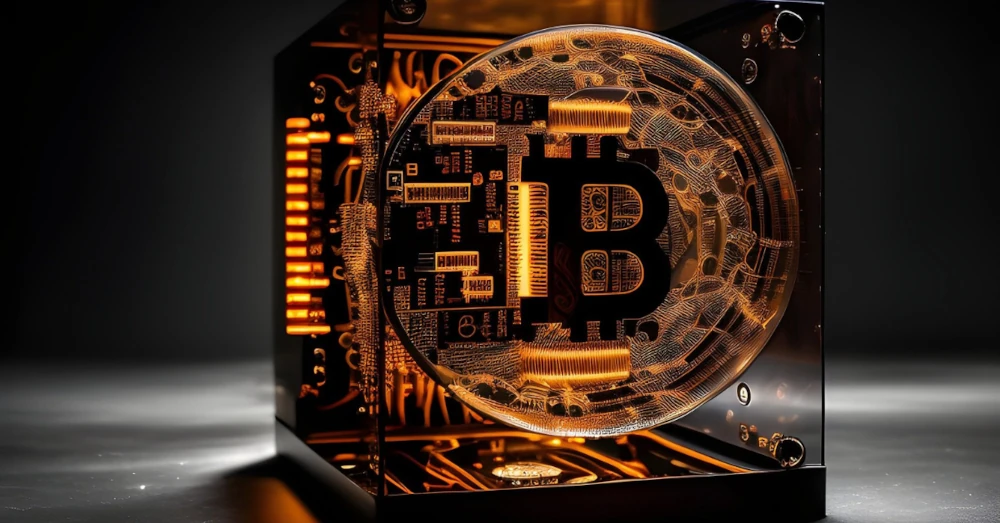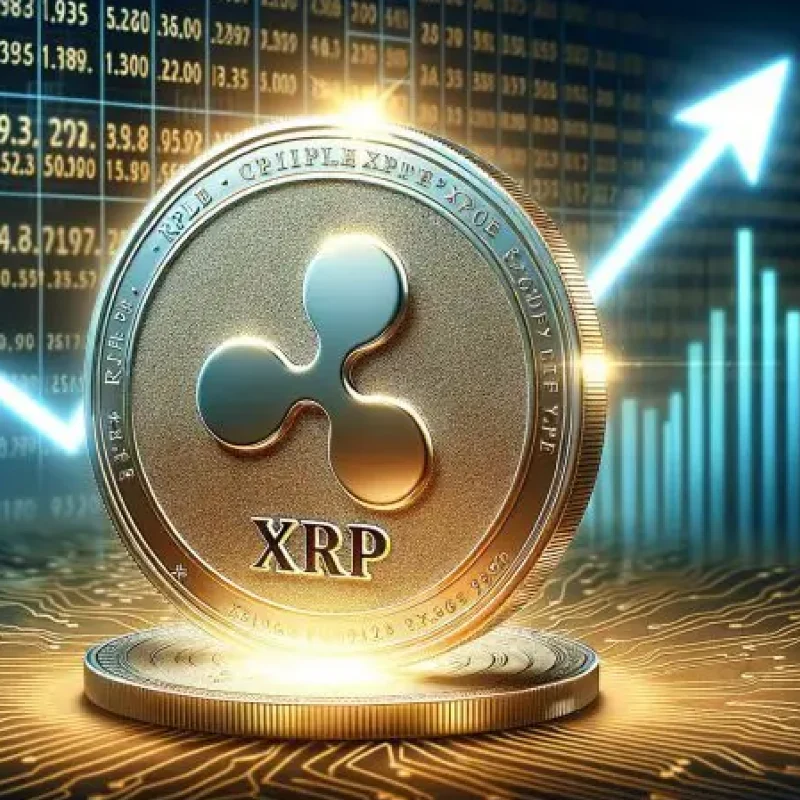Does Crypto Mining Require RAM?


People and companies commonly use cryptocurrency mining to acquire digital currencies. The expanding interest in crypto mining demands knowledge of multiple technical elements, particularly those related to the equipment utilized.
Crypto mining enthusiasts often ask about the importance of RAM. While not the main requirement, RAM is a critical component that supports mining operations. Understanding its role helps miners optimize their systems.
We will explore RAM’s essential role in crypto mining, focusing on its impact on mining speed and the specifications required for various systems.
What is Crypto mining exactly?
Crypto mining consists of two functions:
Cryptocurrency mining involves generating new cryptocurrency coins and verifying blockchain transactions through computationally complex problem-solving. Computers, ASIC devices, and GPUs are miners’ primary equipment for solving mathematical problems.
High computer processing power becomes essential in mining operations because cryptographic puzzles require complex problem-solving

Role of RAM in Crypto Mining
RAM is crucial for maintaining active data for CPU or GPU processing. The temporary storage of data, along with software loading capabilities and system optimization functions, is what RAM delivers to crypto mining hardware while remaining separate from algorithmic processing.
The GPU calculates most mining operations, while RAM provides fast data retrieval capabilities. Large RAM storage becomes necessary for the Ethash algorithm to maintain significant mining data.
Optimal RAM requirements for Crypto mining
Crypto mining RAM demands stem from three key elements: the cryptocurrency’s nature, mining hardware, and the selected mining algorithm. The necessary RAM amount differs according to various cryptocurrency mining setups, as shown in this list:
| Bitcoin Mining | Ethereum Mining | Other Altcoins |
|---|---|---|
| The use of SHA-256 in Bitcoin mining requires only basic 4GB-8GB RAM because ASICs perform most computational tasks. | For Ethereum Ethash mining users should begin with 8GB of RAM yet 16GB offers better results. | Most Ethash blockchains need at least 8 GB RAM yet Proof-of-Work coins like Monero can start with only 4 GB. |
More RAM to boost mining performance
Even though having more RAM is essential, it does not automatically mean better mining performance. Mining success depends more on the ability of ASIC hardware and mining software than on RAM size. A powerful GPU will not perform well if it lacks memory, impacting its effectiveness.
A system with additional RAM performs better when running multiple mining operations or other programs. Combining multi-mining operations and additional software execution benefits from 16GB of RAM, while standard mining rigs operate optimally with 8GB of memory capacity.

Choosing the correct quantity of RAM for mining
The selection of RAM for your mining rig requires you to focus on what cryptocurrency you will mine because different coins have different requirements. The following guidelines will help you select appropriate RAM for your mining rig:
Tip 1: Check the requirements of mining software
Consult the RAM specifications in the mining software specifications to determine the basic operational specifications. Therefore, system requirements for RAM must be verified even before any purchase of RAM.
Tip 2: Consider the algorithms
Easy cryptocurrency has its own algorithm and Ethereum’s RAM requirements and those of Ethash-based coins surpass those of Bitcoin and its SHA-256 and comparative algorithm counterparts.
Tip 3: Balance RAM with other components
Other mining rig components must match the RAM capacity because RAM does not determine the entire system’s performance. The GPU or ASIC hardware should be positioned as the main focal point in your mining system because it delivers the most significant impact on system performance.
Tip 4: Future-proof your setup
To stay ahead, you should buy how much RAM matches your performance goals. Having 16GB of RAM will ensure your mining system remains usable and prevents you from needing to replace it soon.
Is mining possible without RAM?
- A system requires at least a small amount of RAM to perform crypto-mining tasks effectively.
- ASIC miners operate with minimal RAM requirements but still need RAM for operating systems and software.
- The Ethash mining algorithm demands increased RAM capacity for GPUs to perform efficiently during data processing tasks.
- Mining with small memory amounts will decrease your operation’s effectiveness, creating performance problems.
FAQs
Does crypto mining require CPU?
The hardware necessary for crypto mining includes a central processing unit, though such devices typically need more processing power than what general-purpose processing units or specialized hardware provide.
How long does one Bitcoin take to mine?
Mining a single Bitcoin requires multiple months to years based on mining equipment and network difficulty levels.
Does mining give profit?
Cryptocurrency mining profitability relies on choosing the correct equipment, energy expenses, and digital currency market prices.
Is mining illegal?
Most areas allow mining activities, yet countries enforce different rules.
Conclusion:
The success of mining systems depends primarily on other factors rather than RAM, although it improves system performance. Selecting proper mining hardware takes precedence over GPU or ASIC power or ASIC since they handle most operations while RAM provides system operational support.
Cryptocurrency type along with chosen mining algorithm together with hardware components determine the required RAM specifications. Most mining operations need 8GB of RAM as their basic requirement but Ethereum mining operations often need further RAM capacity. Selecting suitable RAM plays an essential role in creating successful mining rigs.











